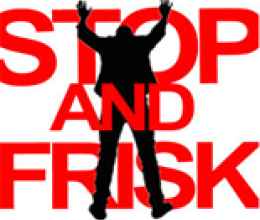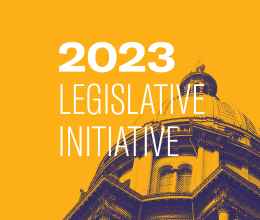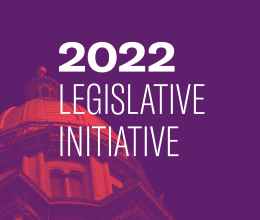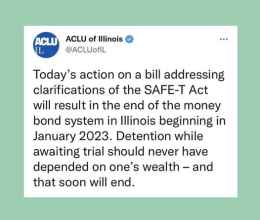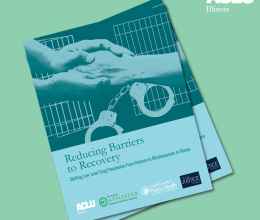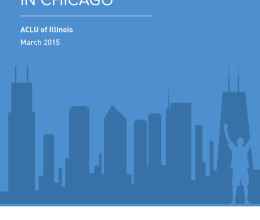
Chicago often wears the title of “Second City.” Today we know that the City has become the nation’s leaders in one area – the use of “stop-and-frisk” by police. Yes, Chicago has replaced New York City for the greatest use of the tactic, after that City became notorious for the technique.
The widespread use of stop and frisk in Chicago will strike many as the most startling finding of a new ACLU report. The data evaluated by the ACLU shows that during the summer of 2014, CPD conducted more than a quarter million stops of civilians that did not lead to an arrest. When comparing that number of stops to population in Chicago versus New York City at the height of that city’s controversial use of the stop-and-frisk practice, Chicagoans were stopped more than four times as often as people in New York. Stops per 1000 residents was 93.6 in Chicago, compared to 22.9 (at the highest point in 2011) in New York City. The New York police have been forced to curb significantly their use of stop-and-frisk after a federal judge found the use in that city to be unconstitutional.
As has been seen in other cities where this data has been analyzed, the ACLU report demonstrates that in Chicago, these stops are disproportionately target people of color and often are done without the justification required by the United States Constitution.
For example, while African Americans represent nearly 70% of all the stops in the City of Chicago, while they comprise only about 33% of the City’s population. And, the invasive practice of stopping-and-frisking pedestrians most commonly take place in the districts with the largest minority populations. For example, in 2013, police conducted 25.6 stops per 1000 people in the Englewood area (which is predominantly African American) while the rate in predominantly white Lincoln/Foster district was just 3.0 per 1000 people.
The report also shows that African Americans are much more likely to be the target of stops in predominantly white neighborhoods. Thus, in Jefferson Park where the population is just 1% African American, African Americans account for a full 18% of all stop-and-frisks in that area.
The results of these findings are inescapable – African American residents of Chicago are disproportionately subjected to more stops than their white counterparts.
More troubling, many of the stops do not meet the constitutional standard for such a stop. After stopping a pedestrian, a Chicago Police officer is required to fill out a “contact card” collecting information about the person who was stopped and why the stop took place. In 2014, officers failed to offer a sufficient legal reason for the stop in half of all stops – 50%. In many other instances, police stated that they stopped someone for a reason that was unrelated to criminal activity (associating with others who were suspicious, for example) or asserting that someone “matched a description” without any explanation of how or what description was matched.
Shockingly, when we asked, the City could not tell us of a single instance when an officer received additional training after the academy in proper procedures for stop and frisks.
The lack of training and the disproportionate focus on communities of color (especially African Americans) has a powerful impact on policing in Chicago. While City officials call for more cooperation and collaboration – through community policing – from the citizenry, these stops create a chasm of trust. For thousands of young, African American men, who are not engaged with criminal activity, they come to see police as a disruptive, harassing force, rather than someone they should trust and consider a partner in making their neighborhoods safer.
We have offered the CPD a specific plan to correct this situation. But it must begin with the police being more transparent and accountable to the public.
